This article was medically reviewed by Erik Kramer, DO, MPH. Dr. Erik Kramer is a Board-Certified Primary Care Physician at the University of Colorado. With over 15 years of experience, his clinical interests include obesity and weight management, diabetes care, and preventive care, as well as embracing a holistic approach to primary care. He received his Doctorate in Osteopathic Medicine (D.O.) from the Touro University Nevada College of Osteopathic Medicine and completed his residency at Central Maine Medical Center. Dr. Kramer is a Diplomate of the American Board of Obesity Medicine.
There are 15 references cited in this article, which can be found at the bottom of the page.
This article has been viewed 122,755 times.
Medical physical exams are part of the daily routine for a doctor, physician’s assistant, or nurse practitioner. If you’re learning how to perform a medical physical exam, it can be overwhelming since you have so many different things to check for in a very specific order. But starting out with more general or pressing concerns, and then moving on to specific systems will help you to keep track of everything. With practice, performing a medical physical exam will become like second nature and you won’t need a reminder for how to do it.
Steps
Setting up for the Physical Exam
-
1Wash your hands. When you enter the patient’s room, make sure to wash your hands before you make any physical contact with the patient. You can greet the patient first, and then just let them know you need to wash your hands before beginning the exam.
- Make sure to use soap and warm water and wash for 20 seconds. Then rinse your hands thoroughly and dry them with a clean paper towel.
-
2Introduce yourself to the patient if you’ve never met before. Make sure to provide your preferred name and address the patient by their preferred name. You can ask them what they prefer to be called if you are unsure.
- If the patient is someone you have seen before, then you may simply say hello and ask how they are doing.
Advertisement -
3Ensure that the patient is wearing a gown, if needed. If the patient is not already in a gown and you need them to be for the exam, politely instruct them to change and then give them some privacy to do so. Then, knock and reenter the room when the patient is changed. Ask the patient to sit or lie down on the examination table depending on what is most comfortable for them.[1]
- Keep in mind that having your patient change into a gown won’t always be necessary. Some patients may come in with complaints that can be checked with them in their street clothes, such as a cough or cold.
- Make sure there’s enough light in the room to see the patient well.
- Check to see if the room is quiet enough that you can hear the sound of the patient’s breath.
- Eliminate any hazards, such as wires or other items near the examination table that might prevent you from moving freely around it.
-
4Find out if you need to attend to a specific health concern. If the patient has come in for a general physical exam, then you will need to evaluate their overall health to check for any potential problems. However, if the patient has come in with a specific complaint, then you should focus on this complaint first.[2]
- For example, if the patient has a bad cold and cough that has lingered for more than a couple of weeks, then you would focus your attention on their respiratory system.
-
5Ask the patient about their medical history. Go through the patient’s medical history with them and update it as needed. Make sure to pay special attention to any parts of their medical history that might have something to do with their chief complaint.[3]
- For example, if the patient has come in complaining of severe period cramps, then you might ask if they have ever been diagnosed with PCOS or endometriosis.
- You can also ask general questions to gain a better understanding of the patient’s situation, such as “Have you ever had any surgeries?” and “Do you take any medications?”
Tip: If possible, add this information to your notes as you go so you don’t forget anything.
Taking Vitals and Noting General Appearance
-
1Check the patient’s blood pressure. It’s best to wait until after you take the patient’s health history so that they can sit for 5 minutes. Otherwise, you may get a falsely elevated blood pressure result. Choose a blood pressure cuff in the appropriate size for the patient and put it on them. Then, take their blood pressure and note the results.[4]
Tip: You may be able to skip the vitals if a nurse or medical assistant has already done this for you. However, if the findings were unusual, then you may need to retake them.
-
2Take the patient’s radial pulse. After taking the patient’s blood pressure, take their radial pulse, which is located in their wrist. Press your index and middle finger against the vein to locate the pulse, then count the beats for 1 minute.[5]
- You can also count the beats for 15 seconds and then multiply the result by 4 for an approximate heart rate. For example, if you count 20 beats in 15 seconds, then their heart rate is approximately 80 beats per minute.
-
3Count the patient’s breaths per minute. Instruct the patient to breathe normally while you count the number of breaths they take in 1 minute. Count 1 breath each time the patient inhales and exhales. Do not count the inhalations and exhalations separately.
- With practice, you should be able to count respirations while taking a patient’s pulse.
-
4Assess the patient’s general appearance, hair, skin, and nails. After you have some experience, you may be able to complete this part of the exam while you are taking the patient’s vitals. Note if the patient appears well-groomed. Check to see if their hair, skin, and nails look healthy. Make sure to note any unusual physical signs including:[6]
- Muscle pattern, such as a noticeable lack of muscle in the arms or legs
- Hair distribution, such as thinning hair on their head
- Odors, such as a foul odor indicating poor hygiene
- Movement and coordination, such as being unable to follow a pen with their eyes
Examining the Head and Neck
-
1Examine the patient’s eyes for general appearance and reaction. Look at the patient’s eyes and note the appearance of the corneas, sclera, conjunctiva, and iris. Check the pupils for accommodation, reflexes, and any irregularities. Then, check their visual field, visual acuity, extraocular movements, and corneal reflex.[7]
- Have your patient read the letters on a Snellen chart to check their visual acuity and asses the function of their second cranial nerve.[8] Ask the patient to cover up 1 eye and read the chart with the uncovered eye and then repeat for the other eye.[9]
- You may also ask the patient if they are having any issues with their vision.
- You may also want to check for symptoms of common eye issues. For example, you could check for conjunctivitis by looking for signs of swelling, discharge, and redness around the eyelids.[10]
-
2Look at the external and internal parts of the patient's ears. Check the patient’s pinnae and periauricular tissue, which are the parts of the ear outside of the patient’s head. Then, use the otoscope to look into the patient’s ear. The tissues should appear pink and healthy inside and outside of the patient’s ears with no signs of fluid or excess earwax buildup.[11]
- You may also ask the patient if they have noticed any hearing loss.
- If the patient has asked you to repeat yourself multiple times or if they are turning their head or leaning in to hear you better, then this may indicate hearing problems.
-
3Perform the Weber test if the patient has hearing problems. The Weber test uses a tuning fork to check for unilateral hearing. To perform the Weber test, strike the tuning fork and then place the handle against the patient’s head just above their forehead. Ask them which ear they hear the sound in the loudest.
- If the patient has normal hearing, they should report that they hear the sound equally in both ears. If they have hearing loss in 1 ear, they will report not hearing it as loudly in the affected ear.
-
4Perform the Rinne test to check for hearing loss in 1 ear. The Rinne test uses a tuning fork to check for hearing loss in 1 ear. To perform the Rinne test, strike the fork and place the handle against the patient’s mastoid bone. Then, take the fork away from the mastoid bone and bring it up and over the ear. Ask the patient to let you know when they no longer hear the tuning fork.[12]
- If the patient has hearing loss in that ear, they will report no longer hearing the tuning fork after you take it away from their mastoid bone.
- Repeat the test on the other ear after you finish checking the first ear.
-
5Check the patient’s eyes using the otoscope. Dim the lights in the exam room, and then use the otoscope to look in the patient’s eyes through their pupils. Pay special attention to the retina, optic disc, arteries, vessels, media, cornea, lens, and macula lutea.[13]
- Ask the patient to follow a pen with their eyes to check for any issues with cranial nerves III, IV, and VI.[14]
-
6Inspect the patient’s nasal passages. Attach the nasal speculum to the otoscope and look into the patient’s nostrils. Check for the present of pink, healthy looking mucous membranes.[15]
- You might also ask the patient if they have any issues with their sense of smell, which may indicate a problem with cranial nerve I.[16]
- You may also ask the patient if they suffer from allergies or other related problems as you inspect their nasal passages.
-
7Examine the mouth, tongue, teeth, and oral mucosa. Note any dental issues, such as decay, dental work, or noticeable issues with their bite. Then, check the pharynx and ask the patient to say “ah” to assess cranial nerves IX, X, and XII. The pharynx should elevate symmetrically when the patient does this.[17]
- You might also ask the patient if they see a dentist regularly.
-
8Look at the patient’s face to check for symmetry. Ask the patient to smile, frown, and open their mouth to see if their face is symmetrical when they do so. This will allow you to assess the function of cranial nerve VII.[18]
- You may also touch the patient’s face lightly around their temples, middle of their face, and jaw to check for symmetry and to assess the function of cranial nerve V.
Tip: You can also assess symmetry when you first greet the patient, such as if they smile at you when you enter the room.
-
9Check the lymph nodes and salivary glands. Gently palpate the lymph nodes and salivary glands by pressing on them. Push down on the skin by about 1⁄2 in (1.3 cm). The lymph nodes and salivary glands are located along the sternocleidomastoid muscle in the front and back, in front and back of the ears, and on the underside of the jaw.[19]
- Signs of problems with the salivary glands or lymph nodes may include pain when you palpate them, hard spots on the glands, or swelling.[20]
- Also, check for an enlarged lymph node above the left mid cervical bone. This is a potential sign of gastric cancer and it requires further evaluation.
-
10Locate and palpate the patient’s thyroid gland. The gland is shaped like a butterfly with its wings outspread, and it is located at the front, center of the neck, just above the collar bone. Note any irregularities in its size or shape.[21]
- For example, if the patient’s thyroid gland is oversized or has a palpable nodule on it, then this would require further investigation.
Inspecting the Torso
-
1Examine the epitrochlear and axillary nodes to check for an infection. The epitrochlear nodes are located on the inside of the arm just above the elbow. The axillary nodes are just below the armpits. Locate these areas and palpate them gently to check for enlargement or signs of infection, such as redness, swelling, or tenderness.[22]
- Swelling and lack of tenderness in the axillary nodes may also indicate an infection, cancer of the lymph nodes, or a systemic inflammatory disorder, such as sarcoidosis.
Tip: You may want to put on gloves to palpate the axillary nodes since they are located right below the armpits and are likely to be damp from sweat.
-
2Listen to the 4 areas of the patient’s heart with a stethoscope. Ask your patient to lower their gown, or lift up their shirt. Place the stethoscope over the patient’s heart and listen to it beating for about 1 minute to check for any abnormalities. Listen to all 4 valves of the patient’s heart and check for rubs and thrills.
- You may also check for bruits, which are blocked blood vessels, at this time if you suspect a problem. Place the stethoscope over the patient’s carotid arteries 1 at a time and listen for a turbulent whooshing sound to detect a bruit.[23]
-
3Listen to the patient’s lungs with the stethoscope. Check for rales, wheezing, and rhonchi. As you listen to their lungs, check for any visible deformities in the patient’s chest. If you notice a difference in the breath sounds between the right and left sides, then this is notable.[24]
- While you are listening to the patient’s lungs, observe them for signs of straining. For example, if you notice the person is using their whole chest to help them breathe, then this may indicate a respiratory issue.
-
4Check the patient’s distal strength by having them squeeze your hands. Hold out your hands to the patient and ask them to squeeze them tightly. You should feel an equal amount of pressure on both hands when the patient does this.[25]
- If the patient cannot squeeze your hands tightly or if they seem to be much stronger on one side than the other, then there may be an issue that requires further investigation.
-
5Observe the patient’s proximal strength by watching them stand up. Ask the patient to stand up from a seated position. If the patient can stand up on their own without using their hands to push off of the chair, then they have good proximal strength. However, if the patient needs help getting up, or needs to grab onto something to stand up, then they do not have good proximal strength.[26]
- Proximal strength may decrease as a person ages, but if a young, relatively healthy patient has poor proximal strength then this may be a cause for concern.
-
6Listen to the abdomen for bowel sounds and bruits. Ask the patient to lay down and lift up their shirt or gown to reveal their abdomen. Drape a sheet over them if needed to cover their private areas. Then, use the stethoscope to listen to all 4 quadrants of their abdomen. Bowel sounds should be present in all 4 quadrants. Then, move on to the renal arteries and listen with the stethoscope to check for bruits.[27]
- A bruit makes a turbulent whooshing sound, so it should be easy to detect.
-
7Percuss and palpate the abdomen to check the spleen and liver. Use your hands to feel the patient’s abdomen. Press down gently with your fingertips by about 1 in (2.5 cm) to palpate, and tap the abdomen gently with your fingertips to percuss it. Palpate in the location of the patient’s liver and spleen to check that they are normal size. Keep in mind that you should not be able to palpate the spleen, and if you can, it is likely enlarged.[28]
- If the liver or spleen feels enlarged, this will require further investigation.
Tip: Always palpate and percuss the abdomen after you listen for bowel sounds and not before. This is because palpating and percussing the patient’s abdomen can alter bowel sounds.[29]
Conducting Optional Parts of the Exam
-
1Perform a pelvic exam if the patient is female and has related concerns. You may need to perform a pelvic exam if the patient is in for an annual well-woman exam. If her concerns are unrelated, or if she has her pelvic exam done at her gynecologist, then you can skip this part of the exam.[30]
- If you are a male provider, make sure to have a female chaperone in the room for any pelvic, breast, or rectal exams.
- Instruct the patient to put her feet into the stirrups for this part of the exam and drape a sheet over her to ensure her comfort.
- Gather what you will need before starting the exam, such as a speculum and items for collecting a sample from the patient’s cervix.
Tip: Make sure to put on gloves before beginning this portion of the exam since you may come into contact with bodily fluids.
-
2Examine the breasts if the patient is female and has concerns. This part of the exam may also be optional depending on the purpose of the patient’s visit and whether or not she has this done at her gynecologist. Look at the breast tissue to check for any irregularities, such as redness, dimpling, or shiny areas of the skin. Then, palpate the breasts to feel for any abnormalities in the tissue.[31]
- Ask the patient if they perform regular breast self-exams to check for issues. If not, instruct them on the benefit of doing these checks.
-
3Do a rectal exam and collect a sample if the patient is having issues. If the patient has come in complaining of blood in the stool, pain on defecation, or other related digestive issues, then you may need to perform a rectal exam and collect a stool sample to check for occult blood.[32]
- Perform the rectal exam with the patient lying on their side.
Warnings
- Always ask your patient (or the patient's caregivers if the patient is a minor) for permission to inspect their private parts.⧼thumbs_response⧽
Things You’ll Need
- Soap
- Towel
- Gown and sheet for draping patient
- A private area for the exam
- Stethoscope
- Blood pressure cuff
- Laptop or paper and pen for taking notes
- Tuning fork (optional for Weber and Rinne test)
- Gloves
References
- ↑ https://my.clevelandclinic.org/health/diagnostics/17366-physical-examination
- ↑ https://www.saem.org/cdem/education/online-education/m3-curriculum/group-focused-chief-complaint-history-physical-examination-and-differential-diagnosis/performing-a-complaint-directed-history-and-physical-examination
- ↑ https://www.med.unc.edu/medclerk/files/2018/10/hp1.pdf
- ↑ https://my.clevelandclinic.org/health/diagnostics/17366-physical-examination
- ↑ https://my.clevelandclinic.org/health/diagnostics/17366-physical-examination
- ↑ https://my.clevelandclinic.org/health/diagnostics/17366-physical-examination
- ↑ https://www.msdmanuals.com/professional/neurologic-disorders/neurologic-examination/how-to-assess-the-cranial-nerves
- ↑ https://www.msdmanuals.com/professional/neurologic-disorders/neurologic-examination/how-to-assess-the-cranial-nerves
- ↑ https://www.merckmanuals.com/professional/neurologic-disorders/neurologic-examination/how-to-assess-the-cranial-nerves
- ↑ https://www.aoa.org/patients-and-public/eye-and-vision-problems/glossary-of-eye-and-vision-conditions
- ↑ https://www.msdmanuals.com/professional/neurologic-disorders/neurologic-examination/how-to-assess-the-cranial-nerves
- ↑ https://www.ncbi.nlm.nih.gov/books/NBK431071/
- ↑ https://www.msdmanuals.com/professional/neurologic-disorders/neurologic-examination/how-to-assess-the-cranial-nerves
- ↑ https://www.merckmanuals.com/professional/neurologic-disorders/neurologic-examination/how-to-assess-the-cranial-nerves
- ↑ https://pressbooks.library.torontomu.ca/assessmentnursing/chapter/inspection-and-palpation-of-nose-and-sinuses/
- ↑ https://www.merckmanuals.com/professional/neurologic-disorders/neurologic-examination/how-to-assess-the-cranial-nerves
- ↑ https://www.msdmanuals.com/professional/neurologic-disorders/neurologic-examination/how-to-assess-the-cranial-nerves
- ↑ https://www.msdmanuals.com/professional/neurologic-disorders/neurologic-examination/how-to-assess-the-cranial-nerves
- ↑ https://www.ncbi.nlm.nih.gov/books/NBK361/table/A253/?report=objectonly
- ↑ https://www.health.harvard.edu/a_to_z/salivary-gland-disorders-a-to-z
- ↑ https://www.ncbi.nlm.nih.gov/books/NBK361/table/A253/?report=objectonly
- ↑ https://meded.ucsd.edu/clinicalmed/upper.htm
- ↑ https://www.ncbi.nlm.nih.gov/books/NBK289/
- ↑ https://www.ncbi.nlm.nih.gov/books/NBK361/
- ↑ https://www.merckmanuals.com/professional/neurologic-disorders/neurologic-examination/how-to-assess-muscle-strength
- ↑ https://www.merckmanuals.com/professional/neurologic-disorders/neurologic-examination/how-to-assess-muscle-strength
- ↑ https://www.ncbi.nlm.nih.gov/books/NBK361/table/A253/?report=objectonly
- ↑ https://www.ncbi.nlm.nih.gov/books/NBK361/table/A253/?report=objectonly
- ↑ https://journals.lww.com/nursing/Fulltext/2006/11002/Assessing_patients_effectively__Here_s_how_to_do.5.aspx
- ↑ https://www.ncbi.nlm.nih.gov/books/NBK361/table/A253/?report=objectonly
- ↑ https://www.ncbi.nlm.nih.gov/books/NBK361/table/A253/?report=objectonly
- ↑ https://www.ncbi.nlm.nih.gov/books/NBK361/table/A253/?report=objectonly





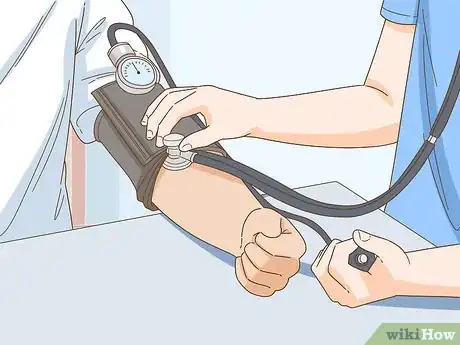



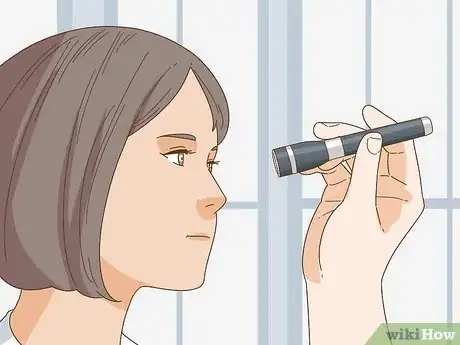
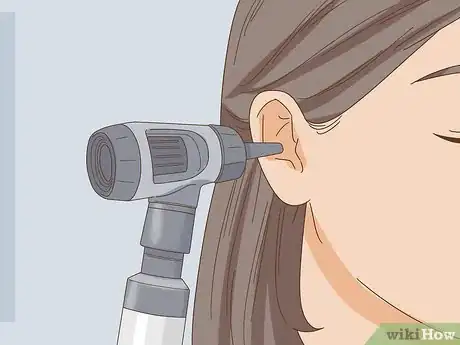
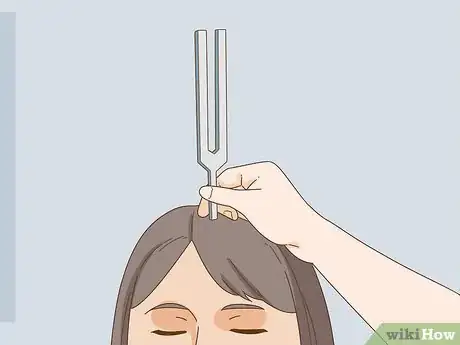
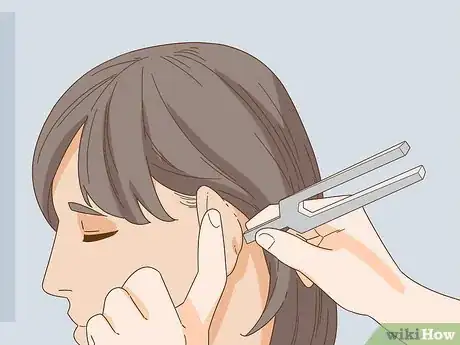
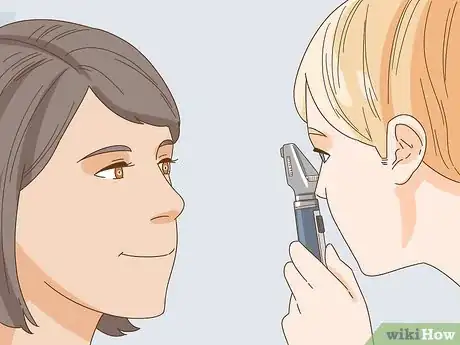
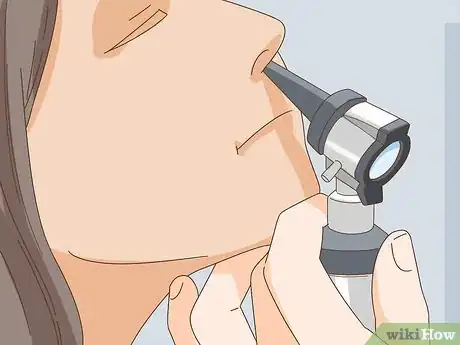
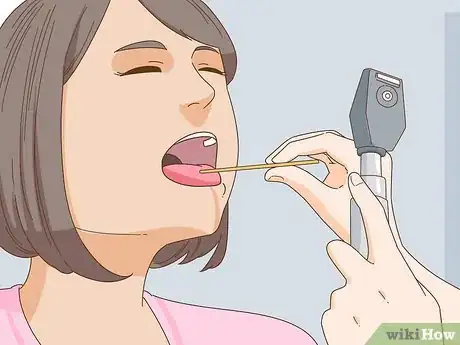

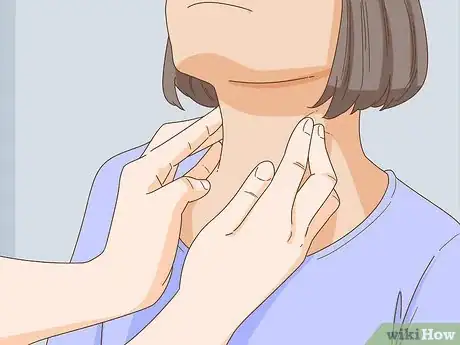
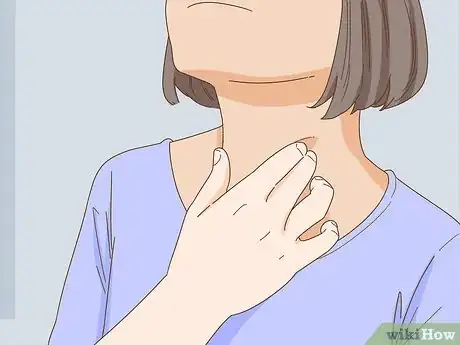

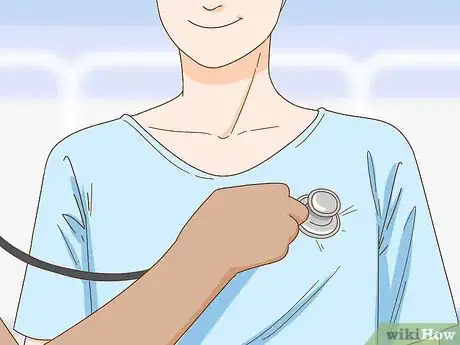
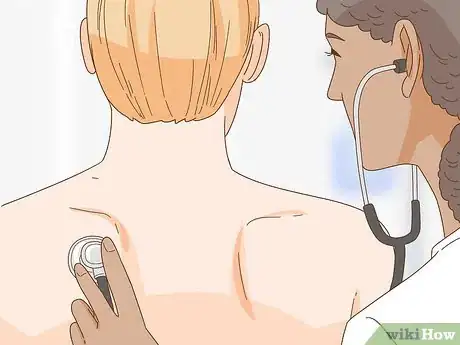


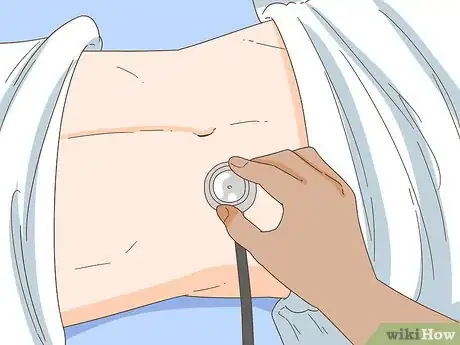
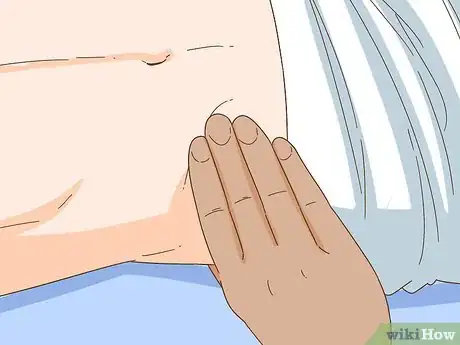
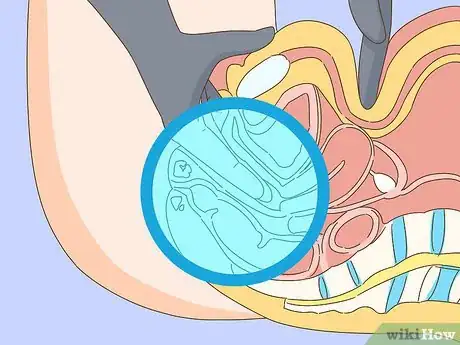
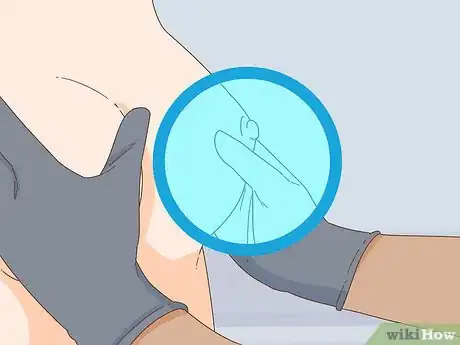
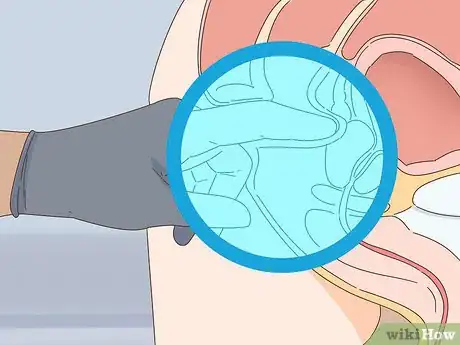
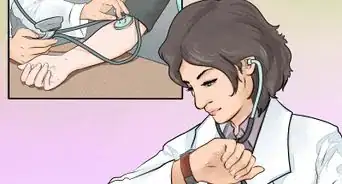
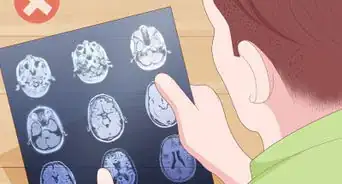

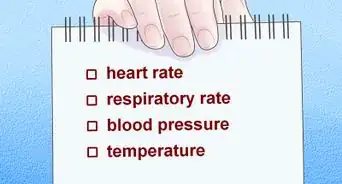

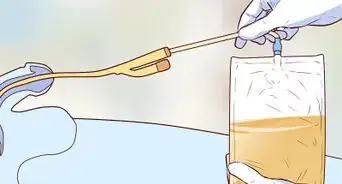
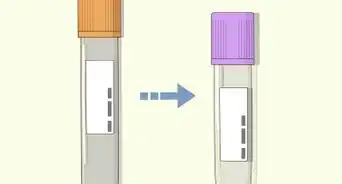




-Tube-Step-17.webp)

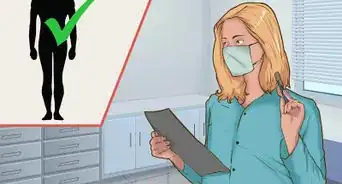







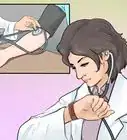
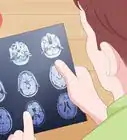

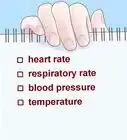



































Medical Disclaimer
The content of this article is not intended to be a substitute for professional medical advice, examination, diagnosis, or treatment. You should always contact your doctor or other qualified healthcare professional before starting, changing, or stopping any kind of health treatment.
Read More...